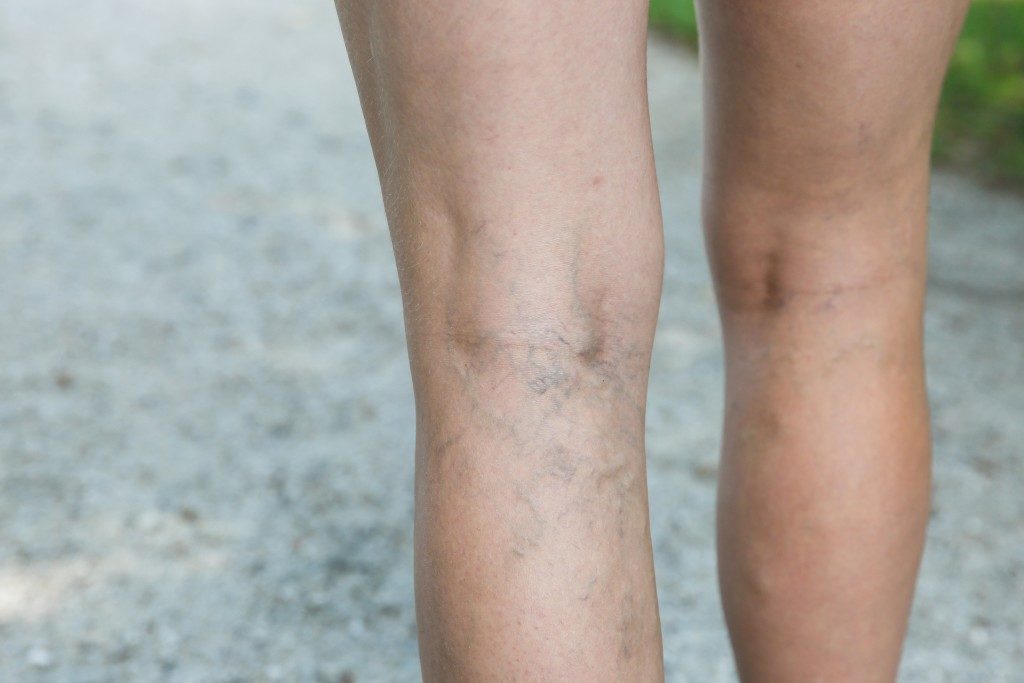Dental enamel is the hardest known substance in the human body. This is vital for dental health, and all steps should be taken to maintain its strength and integrity. In so doing, the inner dental layers are protected from harsh elements that would cause their breakdown. Compromised dental enamel will also lead to the entry of dangerous bacteria into the bloodstream.
Unfortunately, some kids have weak dental enamel; a condition known as enamel hypoplasia. The condition causes your child to have deficient and thin enamel and at times, holes in the teeth.
As an experienced children’s dentist in Riverton and other locations will attest, enamel hypoplasia is linked to several elements. The leading ones are poor nutrition in infancy or during pregnancy, infections in pregnancy, jaw trauma, and genetic disorders. Most parents assume that this is nothing to worry about since milk teeth will fall off eventually. Enamel hypoplasia that is left untreated in childhood also affects permanent dentition.
Here are the management options for children with enamel hypoplasia to guarantee that their permanent and milk teeth are strong and intact:
Dental Sealants
These are used for the management of minor enamel hypoplasia since they will need some amount of intact enamel for them to securely bond to the teeth. Dental sealants are thin resin coatings that form a barrier for the affected teeth from acids and plaque. They are often used on the molars and premolars and are clear or slightly tinted, depending on the type of sealant you choose.
Bonding
This management alternative involves the binding of a tooth-colored resin on the affected teeth, much like the dental sealant. Bonding is more durable compared to the use of dental sealants and can be used on the front teeth. Though this is not as frequently used on milk teeth owing to its durability, your dentist might recommend it to ensure that your kids’ teeth are protected for an extended period.
Fluoride Treatments
This is also used in cases of minor enamel hypoplasia to strengthen the enamel and minimize the risk of dental cavities. In most children, this is delivered in the form of in-office varnish treatments every six months with fluoridated toothpaste used between the visits. While there are several fluoride treatments offered in several dental practices, an excess of the same is detrimental to your child’s health. To this end, your kid’s fluoride treatments should only be handled and used as per a dentist’s recommendations.
Extraction

This is only used for teeth with extensive enamel hypoplasia. In case milk teeth are the ones extracted, the dentist will place a space maintainer in the gap to avoid the shift of other teeth that would cause misaligned growth of permanent teeth. In case permanent teeth are extracted, the vacant space can be filled using bridges and implants.
The above alternatives might seem expensive, some of which your child can do without. The costs associated with neglecting enamel hypoplasia are far higher than the cost of treatment. It is not easy to immediately recognize that your child has enamel hypoplasia. Rather than wait for repeated dental fractures and severe oral infections, start your child’s dental visits when the first tooth erupts to detect and manage the condition early.




